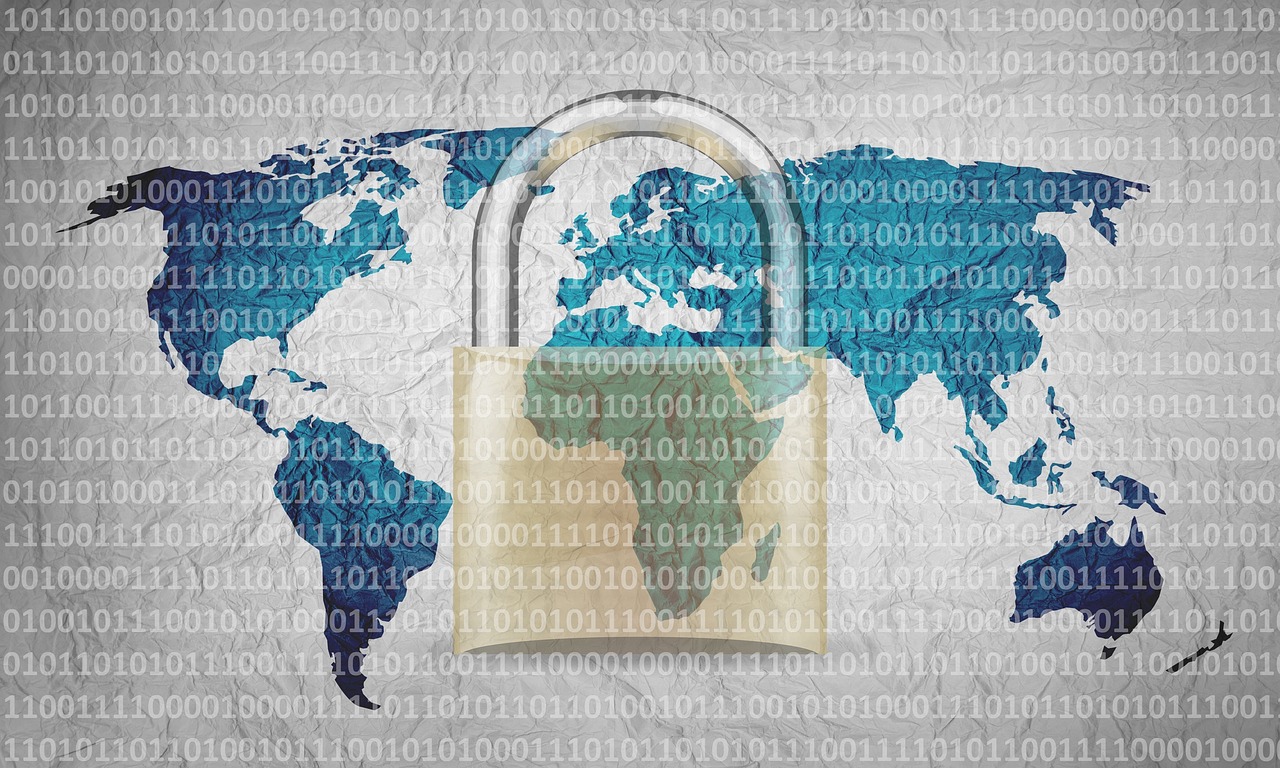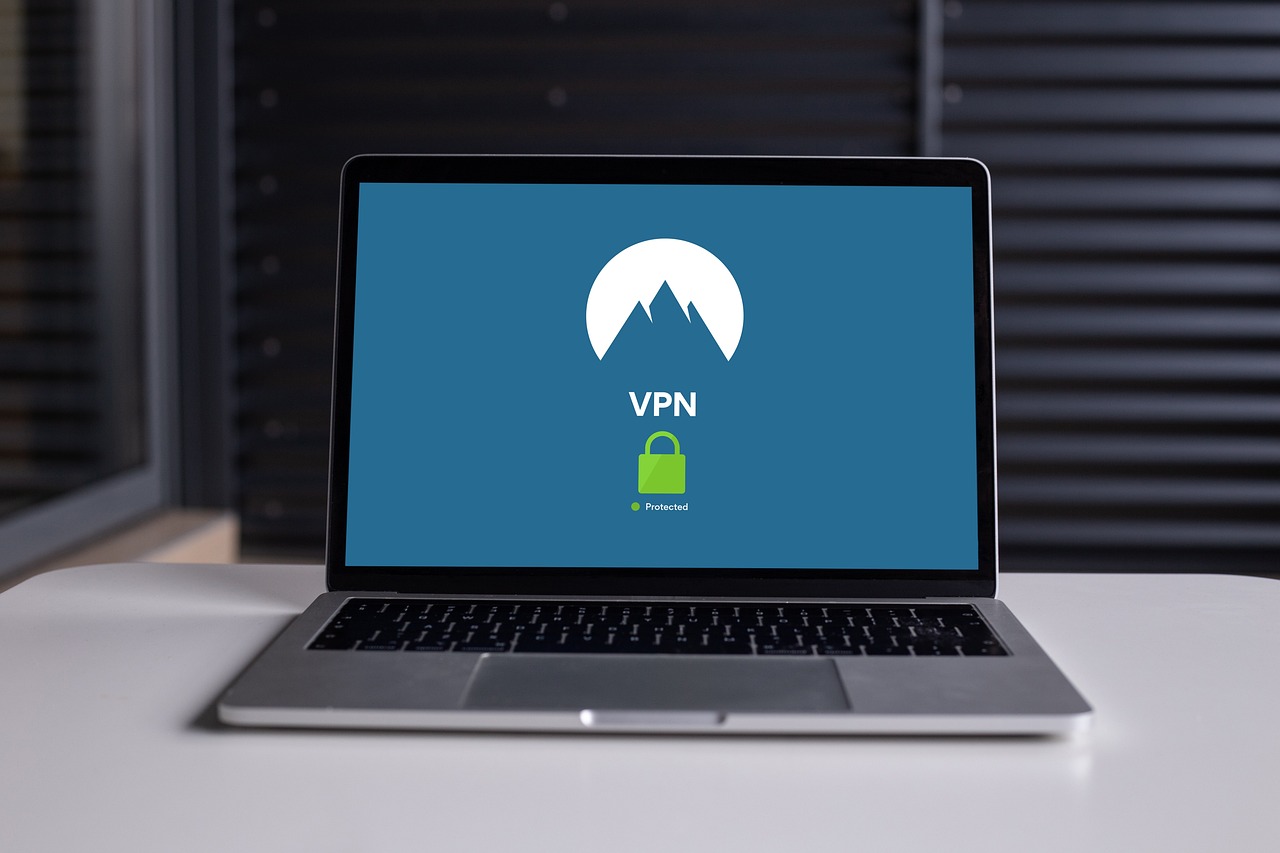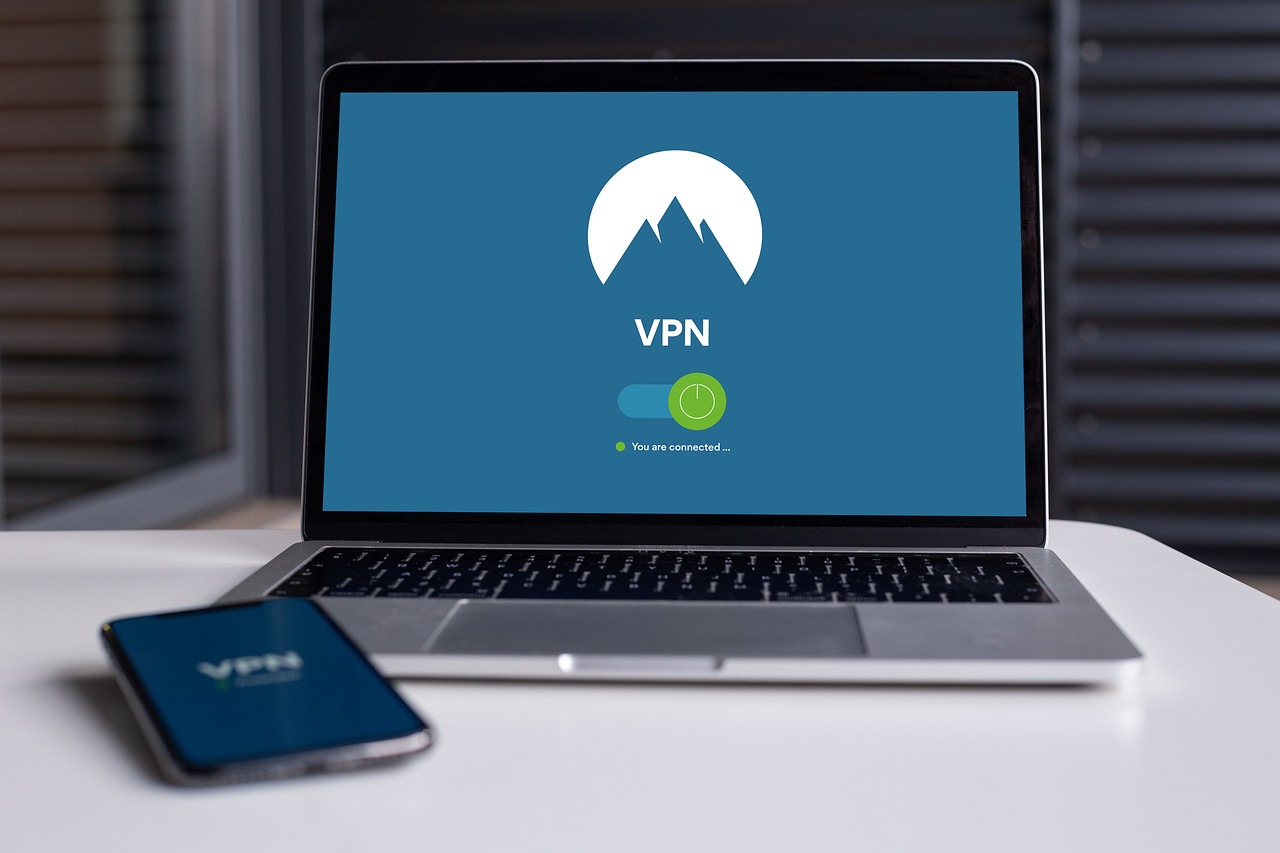
Cyber Insurance: Bridging The Gap In Ransomware Response
Navigating the digital landscape without a safety net can feel like walking a tightrope blindfolded. Cyberattacks are becoming increasingly sophisticated and frequent, leaving businesses of all sizes vulnerable. Cyber insurance provides that safety net, offering financial protection and expert support in the event of a data breach, ransomware attack, or other cyber incident. But understanding what cyber insurance covers and how it works is crucial to making informed decisions about your business’s security.
Understanding Cyber Insurance
Cyber insurance is a specialized insurance product designed to protect businesses from the financial losses and liabilities associated with cybercrime. It goes beyond traditional insurance policies to address the unique risks presented by the digital world....









